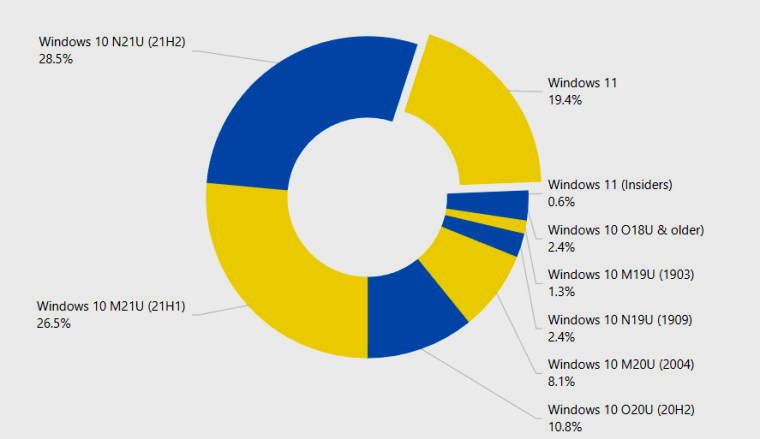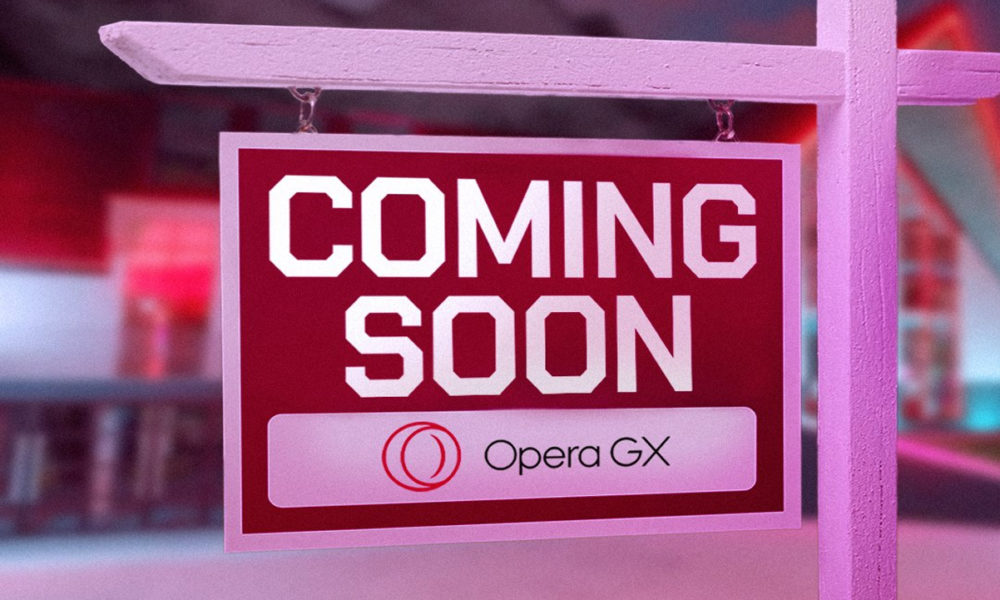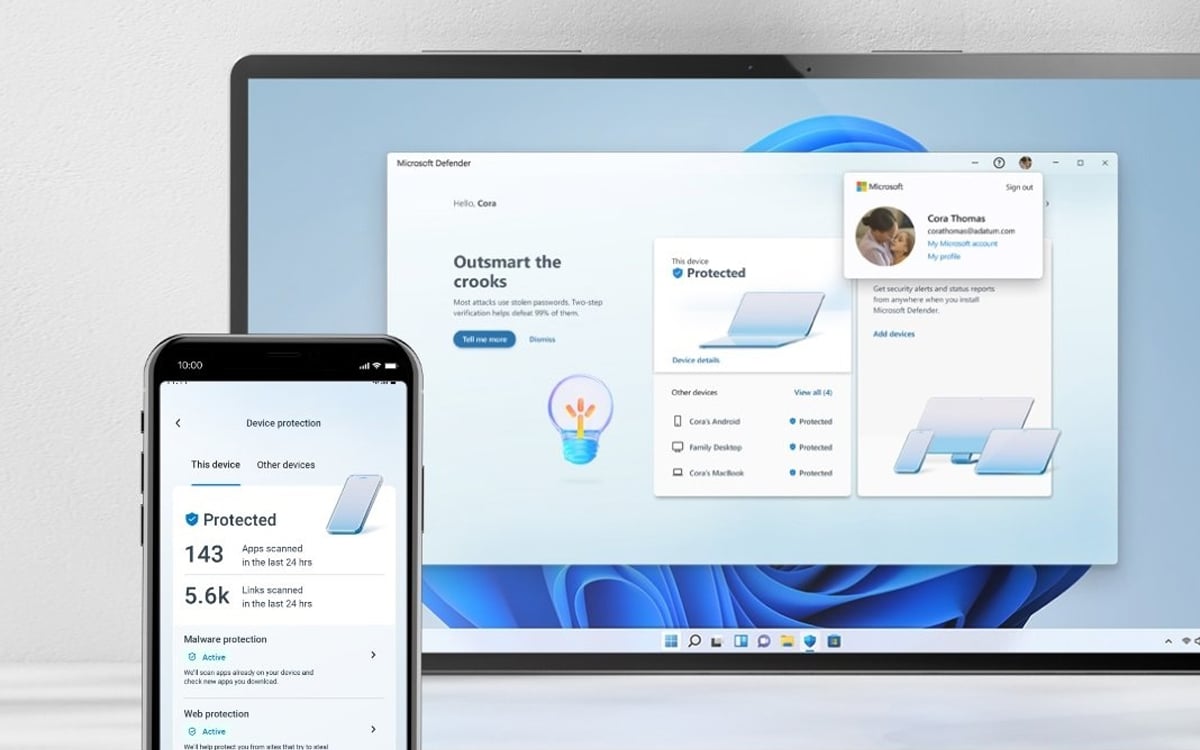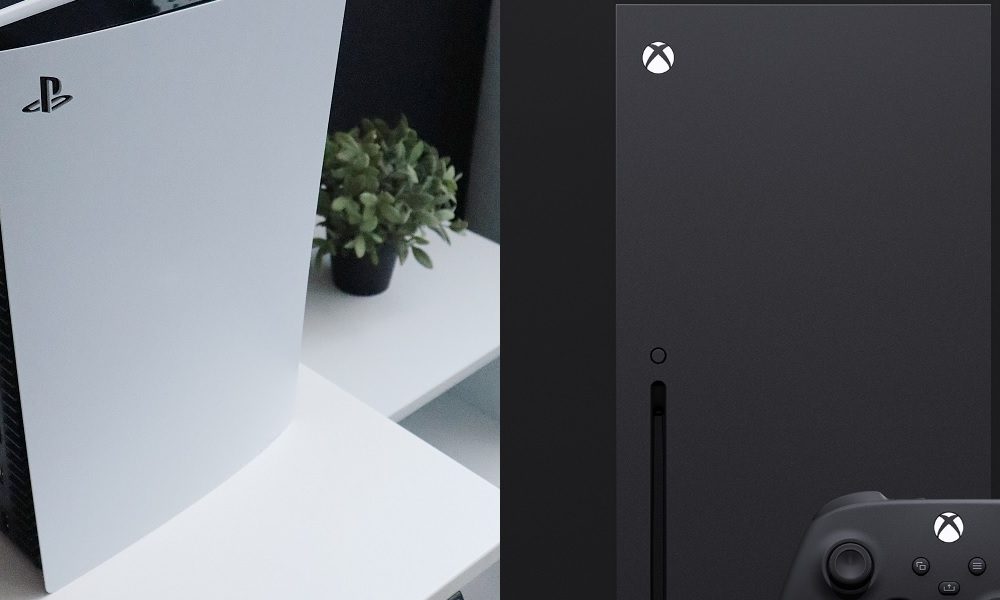
AdDuplex has shared in its March report the results that Windows 11 has obtained in market share compared to Windows 10, and the truth is that the numbers are not positive since they confirm a clear stagnation of said operating system. In the attached graph we can see that Windows 10 maintains a very clear leadership, and that it is evident that this reality is not going to change in the short or medium term.
If we take a look at the attached graph, we will realize that Windows 10 21H2, the most recent version of said operating system, has a market share of 28.5%, a figure that notably exceeds the 19.4% registered Windows 11. For its part, Windows 10 21H1, a version immediately prior to 21H2, maintains a share of 26.5%. On the whole, both add up to a 55% share.
Some older versions of Windows 10 still have a significant user base. For example, Windows 10 20H2 brings together a 10.8% market share, while Windows 10 2004 collects 8.1%. The previous versions already have lower percentages, but they add up to a considerably large one if we value them as a whole. For its part, the version for Insiders of Windows 11 has a 0.6% share, an anecdotal fact that is more of a curiosity than anything else.
Making a global comparison, about 80% of all the computers that participated in this study used Windows 10, and the rest Windows 11. It is a huge difference, although we must bear in mind that Windows 11 arrived relatively recently, so the still has a long way to go.
Why has the Windows 11 adoption rate stagnated?
It is the most interesting question we should ask ourselves after seeing those numbers. I personally believe that the key is in two fundamental aspects: The high requirements of Windows 11 and the lack of features that make a big difference compared to Windows 10.
On the first point, those of you who read us regularly already know that Windows 11 has marked a turning point due to its high hardware requirements. Windows 10 works well even on a low-end computer consisting of a Core i3 Gen 2 processor and accompanied by 4 GB of RAM, while Windows 11 does not support said processor (it requires a Coffee Lake or Zen+ CPU at least) and only moves really good from 8 GB of RAM. It also requires a TPM 2.0 chip or an equivalent solution (Intel PTT or AMD fTPM).
Regarding the second point, I have thoroughly tested Windows 11 on a new generation laptop, based on an Intel Core i7-11370H processor, 16 GB of RAM, GeForce RTX 3060 Mobile graphics card and with a PCIE SSD drive, and the truth the thing is I have not found anything that has encouraged me to move from Windows 10 to Windows 11 on my main computer. I don’t rule out doing it later, but right now I don’t have any reason to, as Windows 11 doesn’t offer any unique functionality that really makes a big difference to Windows 10.
With the confirmation that DirectStorage will come to Windows 10, it is becoming clearer to me that this operating system it’s going to stay on my main pc for quite some time. And you, have you already upgraded to Windows 11 or are you still with Windows 10?




